- ///
- Kurigram
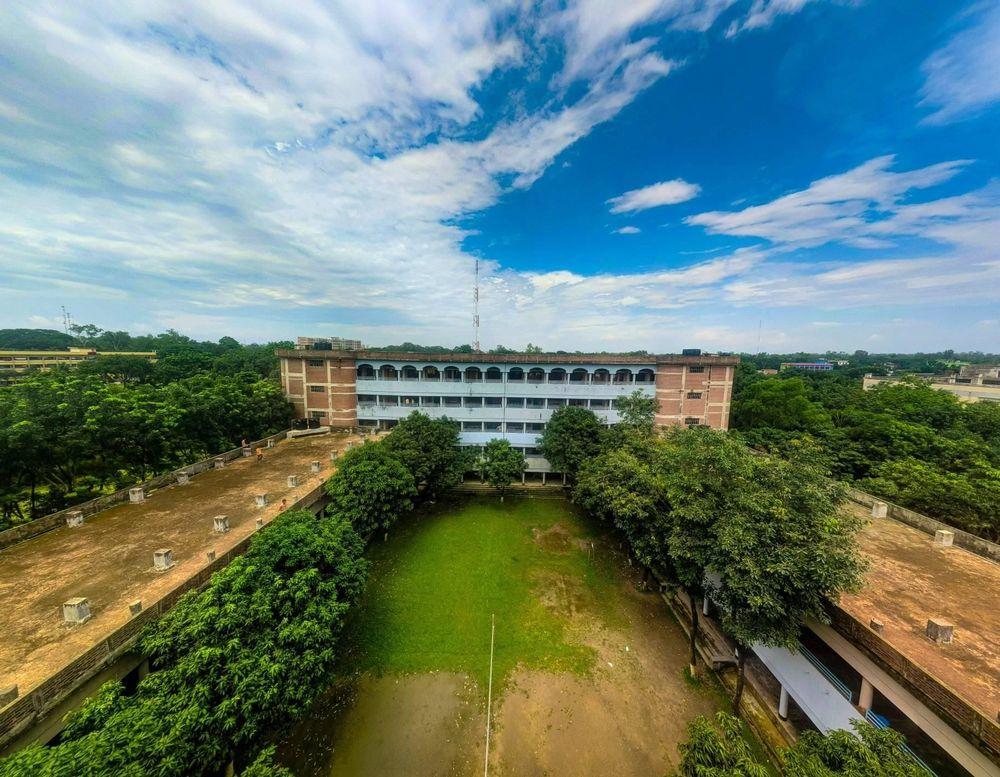
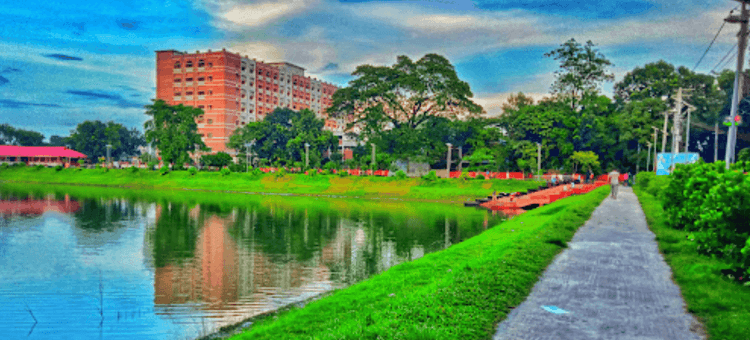
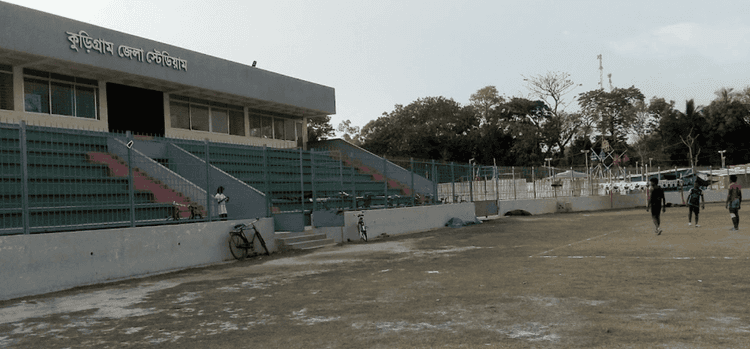
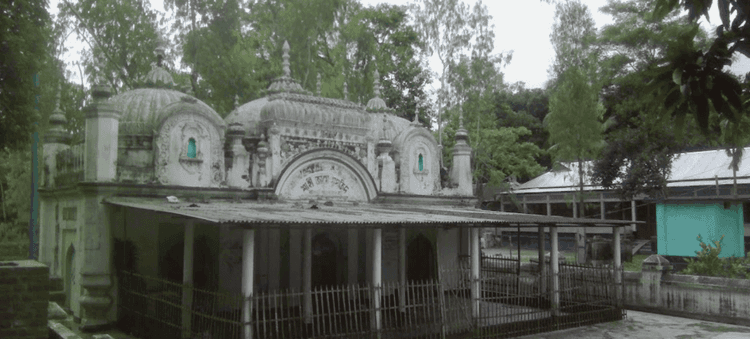
Kurigram, Rangpur
In Bengali, kuri means twenty, and gram means village. It is said that Maharaja Bishwa Singh granted twenty Hindu fisherman families high-class recognition and sent them to a village to reign. Thus, the land is called Kurigram and, over time, people of different culture and ethnicity formed a new and diverse culture in the area.
Kurigram area is an administrative area of the Rangpur Division located at the northwest of Bangladesh. It is bounded by West Bengal of India in the north, Jamalpur and Gaibandha in the south, Assam of India in the east and Rangpur and Lalmonirhat in the west. The district has a land area of 2,255.29 square kilometers and the population is over 23 million.
The current administrative Kurigram district has 9 upazilas, 11 thanas, 3 pourashavas, 72 unions, 6,301 mouzas, and 1,585 villages. Kurigram also has 16 rivers, including Brahmaputra, Jamuna, Dharla, and Teesta. And because of its geographical location, the temperature of Kurigram remains higher in the summer and lower in the winter.
The economy of Kurigram is dependent on agriculture, which is over 70%. It is also religiously diverse and has many mosques, temples, and churches. The best way to communicate in and out of the district is by buses and trains. However, some areas can only be accessed by smaller vehicles and boats.
Kurigram is also famous for its rich history and as a birthplace of many notable people. The famous war heroine Taramon Bibi, and poet/writer Sayed Shamsul Haque are also from the area.
It has many historical architects and landmarks, such as the house of Taramon Bibi, Chandamari Masjid, Kurigram Rajbari, Ulipur Munshibari Palace, Rajarhat Shahi Jame Masjid, etc. There are also many parks and other recreational facilities. Despite all the development, Kurigram still suffers from a higher rate of poverty and heavy floods.
City Insights
Known Landmarks
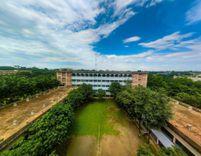
Kurigram Polytechnic Institute
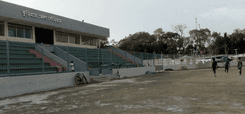
Kurigram Stadium
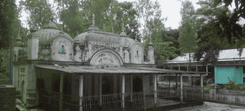
Rajarhat Shahi Jame Masjid

Shaheed Mukti-Joddha Srity Folok
Connectivity
Bus Routes
Nearest Train Stations
New Developments
What’s great here?
What needs attention?
Neighbourhood Rating
3.6




Neighbourhood Rating
3.6






